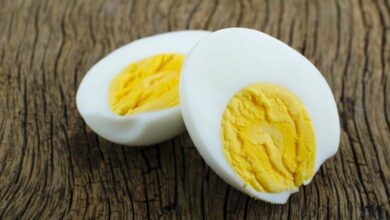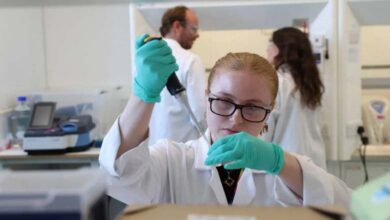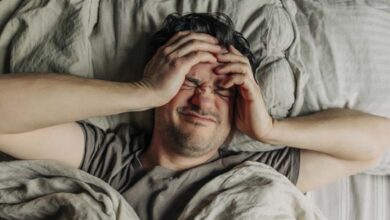Simple Steps to Quit Caffeine without Headaches

Caffeine is a daily part of life for many, whether in coffee, tea, soda, or energy drinks, and giving it up can be a challenge for some. If you’re considering cutting back on caffeine or quitting it entirely, you can achieve this without experiencing headaches or severe symptoms by following gradual, well-planned steps.
Caffeine is a stimulant that affects the nervous system, increasing alertness and attention. However, consuming more than 300 mg per day can lead to side effects like insomnia, nausea, and anxiety. The Food and Drug Administration (FDA) recommends limiting daily caffeine intake to a maximum of 400 mg for adults.
Abruptly stopping caffeine can cause headaches and withdrawal symptoms such as fatigue and stress. It’s advised to reduce caffeine gradually. You can start by decreasing the strength of your coffee or replacing some cups with lighter or decaffeinated coffee.
-
This coffee daily dose doubles the risk of death for patients
-
Hypertensive crisis? No more than one cup of coffee per day
According to “Cleveland Clinic,” here are steps to reduce caffeine consumption:
- Perform a caffeine audit: Track your daily caffeine intake and gradually reduce it.
- Drink more water: Water helps to reduce dehydration, which can increase feelings of fatigue.
- Set a caffeine cutoff time: Stop consuming caffeine after 2 p.m. to give your body a chance to rest.
- Replace your usual drink: Try green or white tea instead of strong coffee.
- Try alternatives: Consider caffeine-free drinks like sparkling water or herbal tea.
-
Coffee may impact shopping purchases – researchers warn
-
Study: Espresso Delays Facial Aging and Skin Wrinkles
Cutting back on caffeine is a step toward better health overall. By reducing caffeine intake gradually and avoiding abrupt cessation, you can break the habit without unpleasant withdrawal symptoms.












